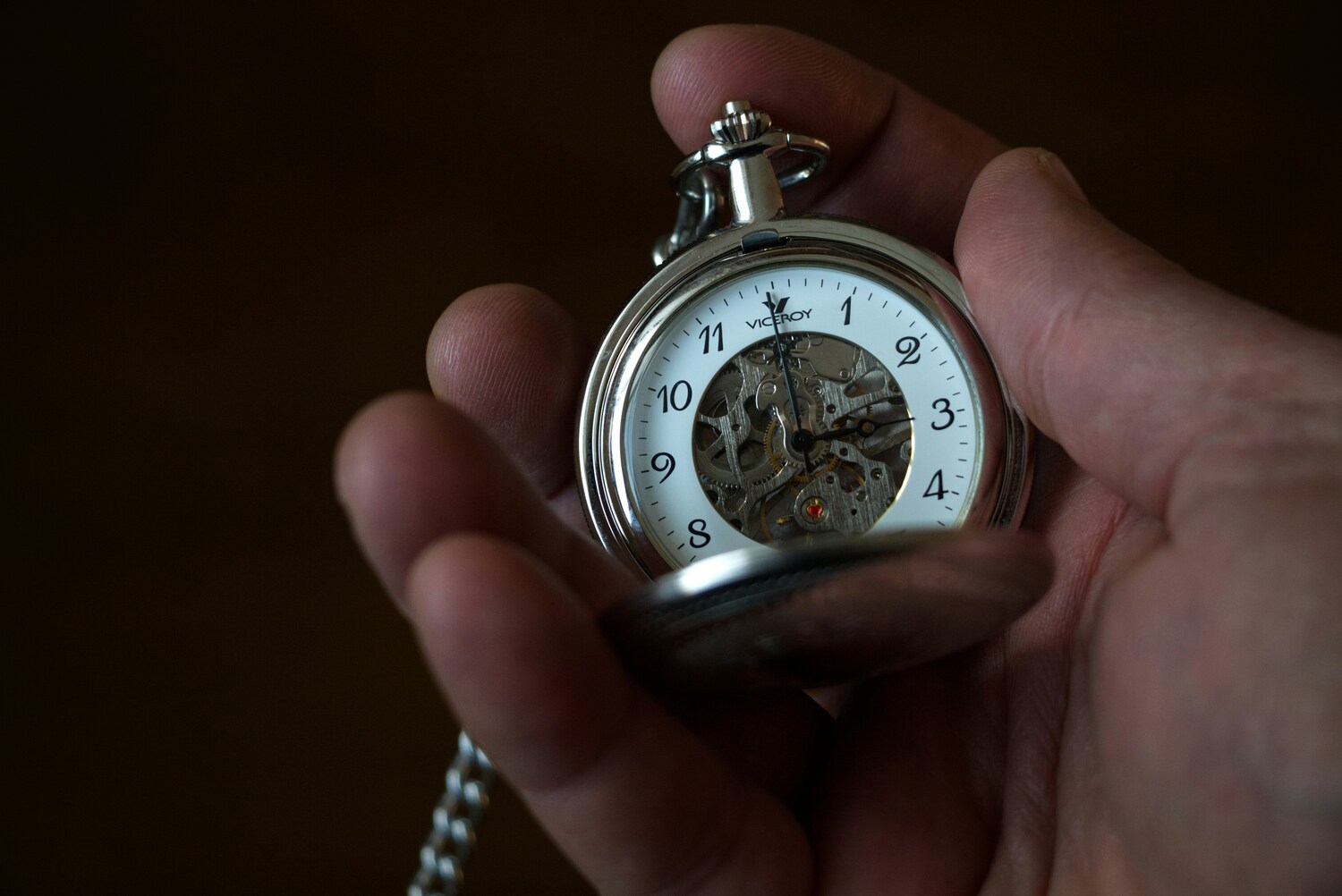Sometimes, the most valuable assets are hiding in plain sight. While the stock market, real estate, and retirement accounts often dominate financial conversations, a simple jewelry box might hold hidden wealth. Your grandmother’s collection of rings, brooches, and necklaces may seem purely sentimental, but some pieces could fetch thousands or even tens of thousands of dollars in today’s market. From rare gemstones to antique designs, here are eight types of jewelry that could turn a family heirloom into a financial windfall.
Jewelry Worth More Than You Know
1. Vintage Engagement Rings with Old Mine or European Cut Diamonds
Long before modern diamond-cutting techniques became the norm, artisans crafted diamonds with a unique charm that today’s collectors love. Old mine and European cut diamonds, popular from the late 1800s to the early 1900s, feature chunkier facets and a romantic, candlelit glow. Their less precise shapes actually make them more appealing to vintage enthusiasts who value authenticity and history.
If your grandmother’s engagement ring has a diamond that looks less sparkly but more soulful, it might be a rare find. These rings can command impressive prices at auctions or from private buyers who appreciate their craftsmanship and antique appeal.
2. Art Deco Jewelry with Geometric Designs
The Art Deco era (1920s-1930s) brought bold, geometric designs to jewelry—think angular shapes, vivid colors, and symmetrical patterns. Pieces from this period often incorporate platinum, diamonds, sapphires, emeralds, and rubies in intricate settings that reflect the era’s fascination with modernity and luxury.
Because of their distinctive style and high-quality materials, Art Deco pieces are highly sought after by collectors. If your grandmother has a brooch, bracelet, or ring that looks like it stepped out of The Great Gatsby, it could be worth far more than its sentimental value.
3. Pearl Necklaces with Natural (Not Cultured) Pearls
Before the 1920s, most pearls in jewelry were natural, formed by chance rather than by human intervention. These natural pearls are extremely rare today, as most pearls on the market are cultured in farms. If your grandmother’s pearl necklace dates back to before World War II, it’s worth checking if those pearls are natural. Jewelers can test and appraise them, potentially revealing a piece that’s both historically significant and financially valuable. Natural pearl necklaces, especially those with matching, well-shaped pearls, can command eye-popping prices at auction.
4. Victorian Mourning Jewelry
Victorian-era mourning jewelry, popular between the 1830s and early 1900s, carries both emotional weight and historical significance. These pieces often include black jet, onyx, or garnets, with intricate designs meant to honor a deceased loved one. While they might look somber, collectors are fascinated by their unique artistry and the stories they hold.
Lockets containing hair or miniatures, brooches with inscriptions, or rings set with black stones could all be valuable finds. The rarity of these authentic mourning pieces means they often fetch significant prices at antique shops and auctions.

5. Gold Pocket Watches and Fobs
Though not strictly “jewelry,” gold pocket watches and their accompanying fobs were popular accessories in the 19th and early 20th centuries. These watches were often crafted with solid gold cases and elaborate engravings, sometimes even embedded with small diamonds or gemstones.
If your grandmother inherited a pocket watch from a male relative or even had one herself, it might be more than a keepsake. Gold weight alone can add substantial value, but collectors especially prize watches from prestigious makers like Patek Philippe, Waltham, or Vacheron Constantin. Even lesser-known brands can be worth a second look.
6. Signed Pieces from Iconic Designers
Jewelry from renowned designers like Cartier, Tiffany & Co., Van Cleef & Arpels, or Harry Winston holds a timeless allure that never goes out of style. These signed pieces, often marked with a discreet hallmark or logo, command high prices due to their craftsmanship, brand reputation, and collectible status.
A simple bracelet or brooch from one of these design houses can easily outshine generic pieces of similar material. If your grandmother’s collection includes something with a recognizable hallmark, consider having it authenticated. It could be a miniature goldmine.
7. Brooches with Precious Gemstones
Brooches were a staple of jewelry collections throughout the 19th and early 20th centuries, often featuring intricate settings with gemstones like rubies, emeralds, and sapphires. While modern fashion trends may have left brooches behind, collectors and vintage enthusiasts love them for their artistry and materials.
An heirloom brooch with high-quality gemstones could be far more valuable than its size suggests. Its craftsmanship and the rarity of its design could make it a standout piece in an auction or a private sale.
8. Retro Cocktail Rings from the 1940s and 1950s
The retro era of the 1940s and 1950s ushered in bold, colorful jewelry designs—especially large cocktail rings. These rings often feature oversized gemstones like aquamarine, citrine, or topaz set in chunky gold settings. Originally meant to make a statement at glamorous parties, these rings have become highly collectible among vintage jewelry fans.
Even if the gemstone isn’t a diamond, the combination of craftsmanship, style, and nostalgia can make these cocktail rings surprisingly valuable. If your grandmother’s jewelry box holds one of these, it could be worth more than you think.
Could Grandma’s Jewelry Be a Hidden Treasure?
From antique diamond rings to brooches with unexpected stories, your grandmother’s jewelry box might hold more than just sentimental memories. A thorough appraisal could uncover a hidden fortune—one that connects generations and preserves family history.
Have you ever discovered a surprising treasure in a relative’s jewelry collection? Share your story below. We’d love to hear how a piece of family history turned out to be more valuable than anyone expected.
Read More:
5 Retro Electronics Stockpiled in the Spare Room That Collectors Are Paying Cash For
9 Dust-Covered Collectibles Lurking in Your Basement That Could Bank You Four Figures
Read the full article here
















